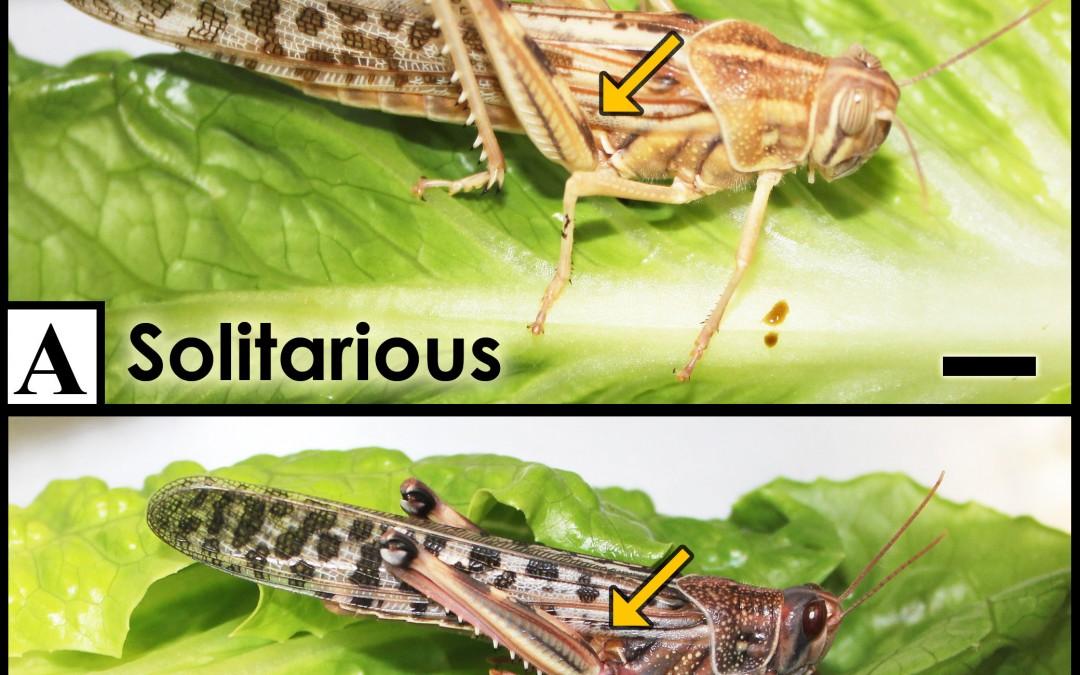
by Shira | Oct 1, 2014
Locusts display a striking form of phenotypic plasticity, developing into either a lone-living solitarious phase or a swarming gregarious phase depending on population density. The two phases differ extensively in appearance, behaviour, and physiology. We found that...
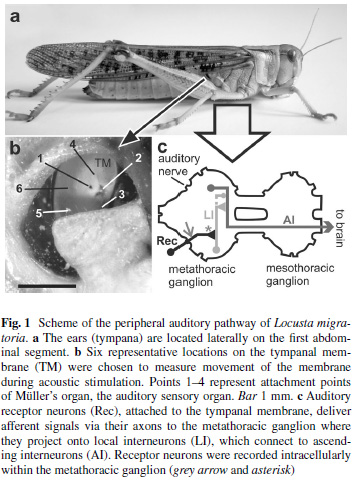
by Shira | Jun 29, 2014
Poikilothermic animals are affected by variations in environmental temperature, as the basic properties of nerve cells and muscles are altered. Nevertheless, insect sensory systems, such as the auditory system, need to function effectively over a wide range of...
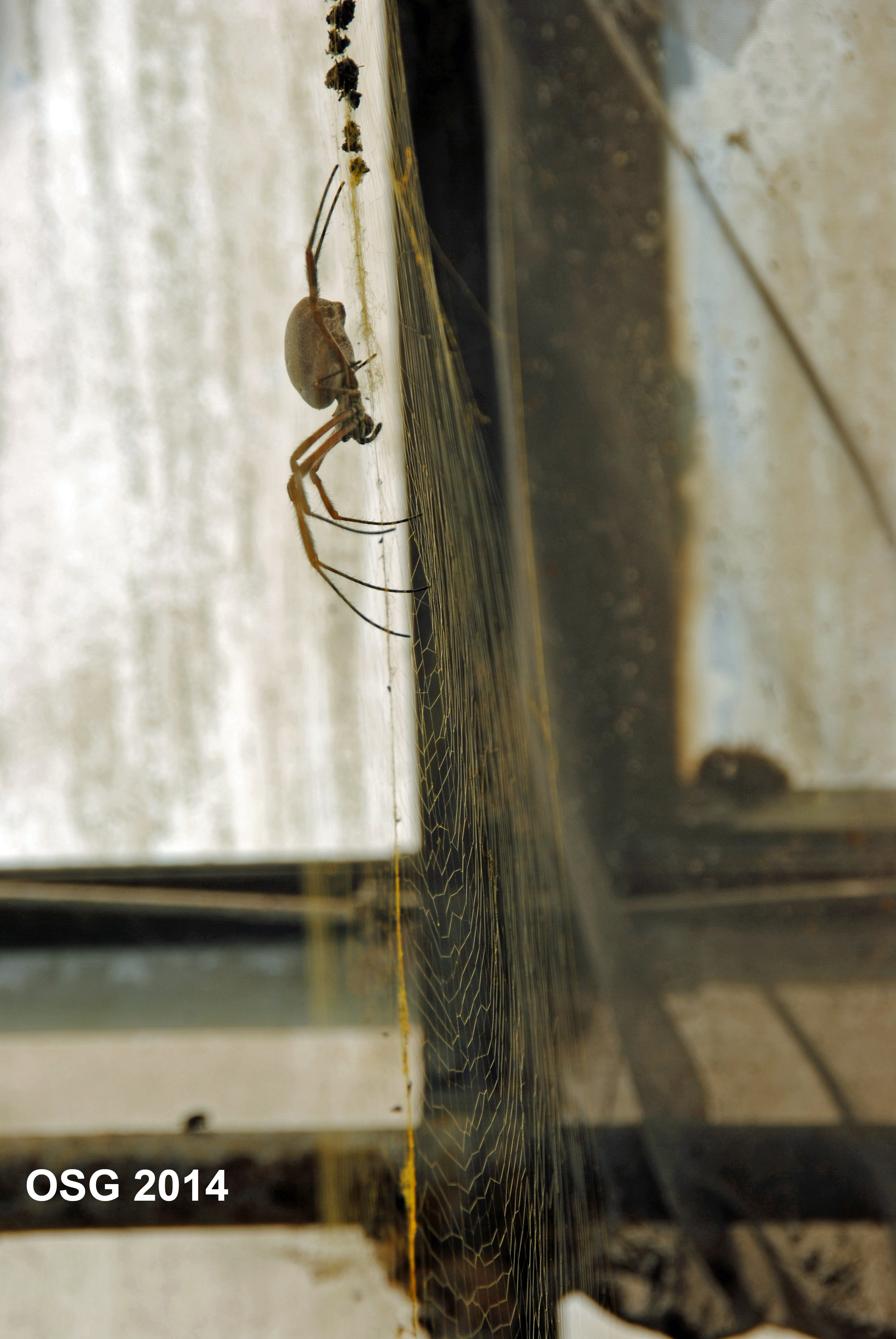
by Shira | Jun 6, 2014
Whilst renowned for exceptional mechanical properties, [ 1 ] little is known about the sonic properties of silk. This is surprising given its widespread use by the spider for remote sensing and communication, as well as current industrial research efforts in the...
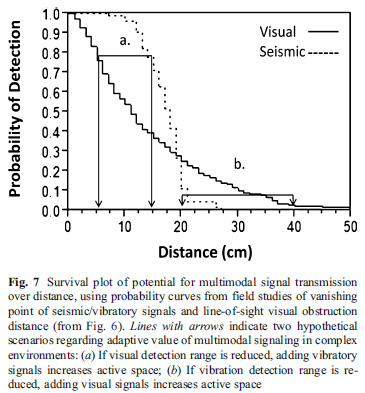
by Shira | Mar 14, 2013
Abstract Multimodal signals may compensate for environmental constraints on communication, as signals in different modalities vary in efficacy. We examined the influence of complex microhabitats on transmission of vibratory and visual signals of courting male...
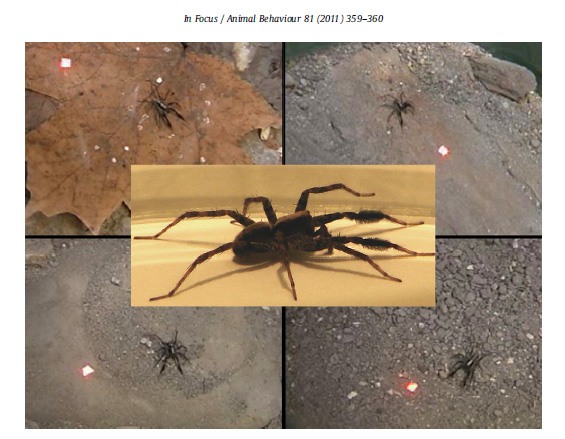
by Shira | Dec 9, 2010
Communication in complex environments poses challenges of potential loss of intended messages, but some animals may compensate by using multimodal signalling. Courtship displays of male Schizocosa ocreata (Hentz) wolf spiders are multimodal, consisting of visual and...







Recent Comments